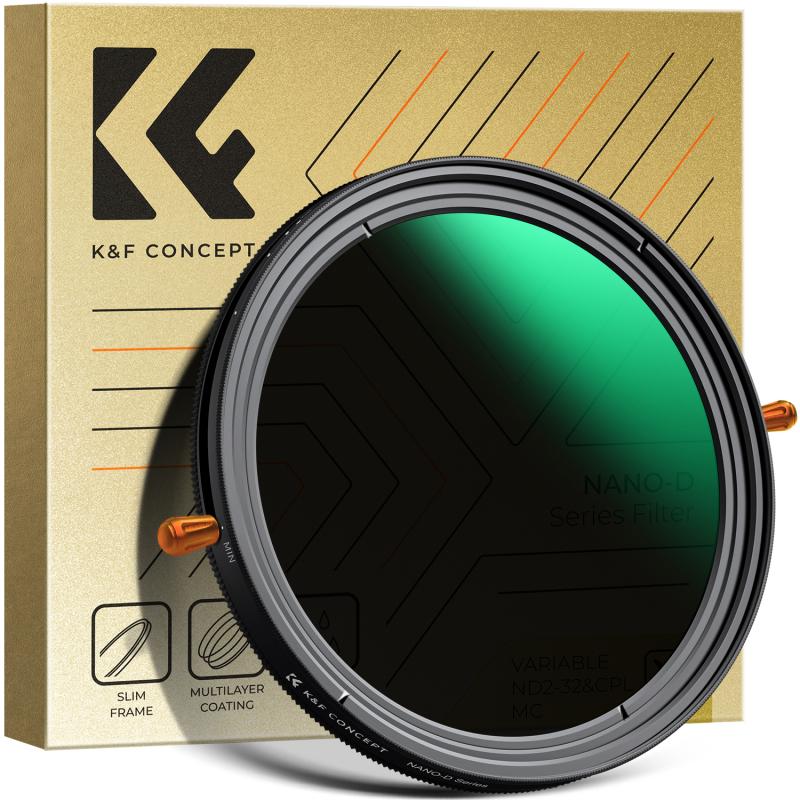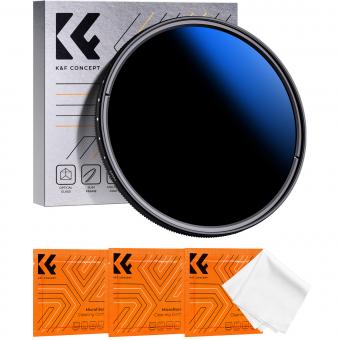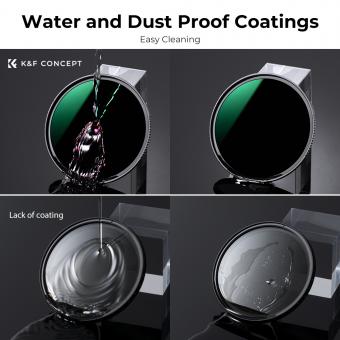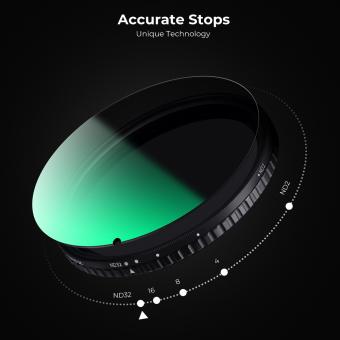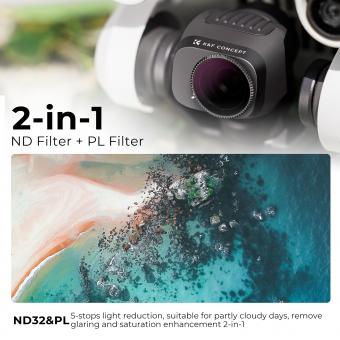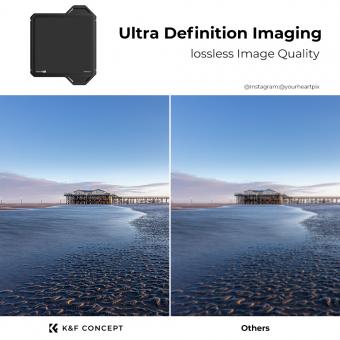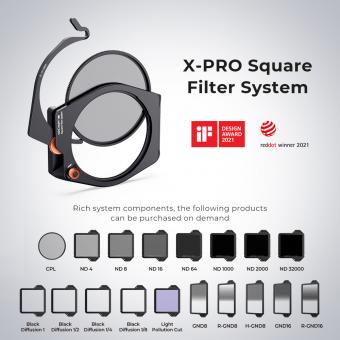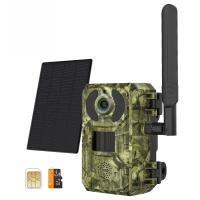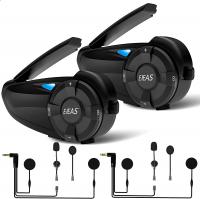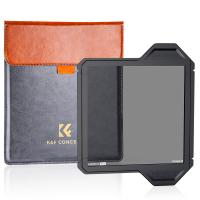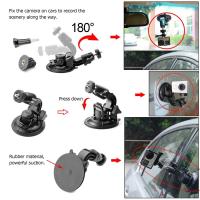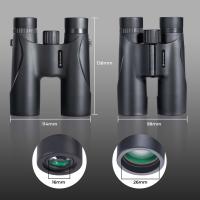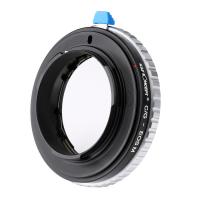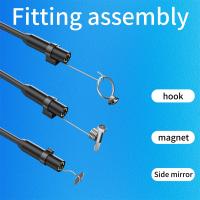Nd8 Filter How Many Stops ?
An ND8 filter reduces the amount of light entering the lens by three stops.
1、 Photography filters
"nd8 filter how many stops" is a common question among photographers who are looking to control the amount of light entering their camera lens. An ND8 filter is a neutral density filter that reduces the amount of light entering the lens by three stops. This means that it allows only one-eighth of the light to pass through the lens, making it ideal for shooting in bright daylight conditions.
Neutral density filters are essential tools for photographers who want to control the exposure of their images. They are particularly useful when shooting in bright conditions, as they allow the photographer to use slower shutter speeds or wider apertures without overexposing the image. This can be especially important when shooting landscapes or other outdoor scenes, where the bright sunlight can create harsh shadows and blown-out highlights.
In recent years, there has been a growing trend towards using digital filters in post-processing rather than physical filters on the lens. While this approach can be effective, it does require more time and effort in post-processing, and may not be suitable for all types of photography. For many photographers, the convenience and simplicity of using physical filters on the lens remains the preferred option.
Overall, an ND8 filter is a useful tool for any photographer who wants to control the amount of light entering their camera lens. Whether shooting landscapes, portraits, or any other type of photography, an ND8 filter can help to create more balanced and well-exposed images in bright daylight conditions.
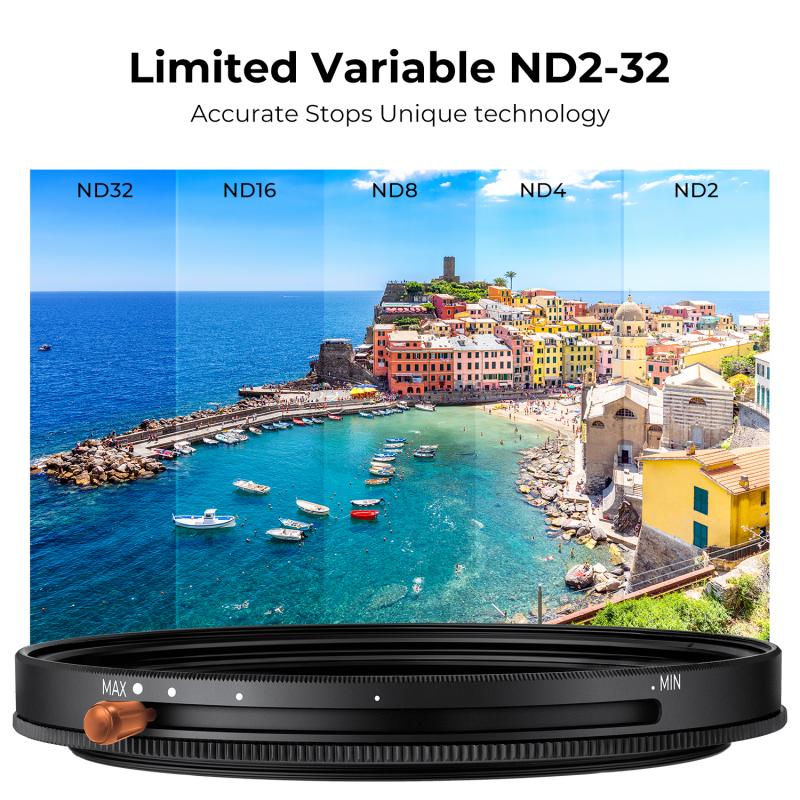
2、 Neutral density filters
A neutral density (ND) filter is a type of camera filter that reduces the amount of light entering the lens without affecting the color or hue of the image. ND filters are commonly used in photography and videography to achieve certain creative effects, such as motion blur or shallow depth of field in bright lighting conditions.
The number of stops that an ND filter reduces the light by depends on the strength of the filter. For example, an ND2 filter reduces the light by one stop, while an ND8 filter reduces the light by three stops. Therefore, an ND8 filter reduces the amount of light entering the lens by three stops.
ND filters are available in a range of strengths, from ND2 to ND1000 or even higher. The higher the number, the stronger the filter and the more stops of light it will reduce. ND filters are also available in different types, such as circular or square filters, and can be made from various materials, including glass and resin.
In recent years, ND filters have become increasingly popular among photographers and videographers, particularly those who shoot outdoors in bright lighting conditions. ND filters allow them to achieve a shallow depth of field or motion blur without overexposing the image or video. Additionally, ND filters can be used to create long exposure shots, which can produce stunning and unique images.
Overall, ND filters are an essential tool for any photographer or videographer looking to achieve creative effects in bright lighting conditions. The strength of the filter will determine how many stops of light it reduces, with an ND8 filter reducing the light by three stops.

3、 ND filter stops
An ND filter, also known as a neutral density filter, is a type of camera filter that reduces the amount of light entering the lens without affecting the color or hue of the image. This allows photographers to use slower shutter speeds or wider apertures in bright conditions, creating a range of creative effects such as motion blur or shallow depth of field.
The number of stops that an ND filter reduces the light by depends on the strength of the filter. For example, an ND8 filter reduces the light by three stops, while an ND16 filter reduces the light by four stops. The higher the number, the stronger the filter and the more stops of light it will reduce.
ND filters are commonly used in landscape photography to create long exposure shots of waterfalls or seascapes, as well as in portrait photography to achieve a shallow depth of field in bright sunlight. They are also useful in videography to maintain a consistent exposure when shooting in changing lighting conditions.
In recent years, there has been a trend towards using variable ND filters, which allow the photographer to adjust the strength of the filter by rotating it, rather than having to switch between different filters. These filters are particularly useful in situations where the lighting conditions are constantly changing, such as during a sunset or sunrise.
Overall, ND filters are an essential tool for any photographer or videographer looking to create unique and creative images in bright conditions. The number of stops that a filter reduces the light by will depend on the strength of the filter, with an ND8 filter reducing the light by three stops.
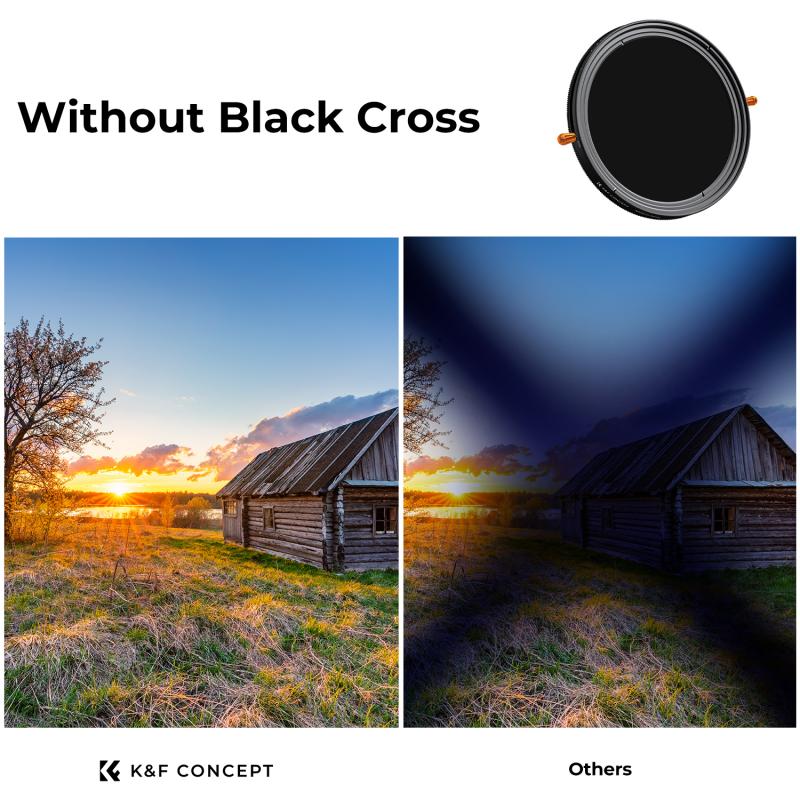
4、 ND filter strength
"ND8 filter how many stops" refers to the strength of a neutral density filter, which is measured in stops. A stop is a unit of measurement used in photography to describe the amount of light that is blocked or allowed to pass through a lens. An ND8 filter blocks three stops of light, which means it reduces the amount of light entering the lens by a factor of eight.
ND filters are commonly used in photography to achieve certain creative effects, such as blurring motion or creating shallow depth of field in bright light conditions. They are also useful for video production, where maintaining a consistent exposure is important.
In recent years, there has been a growing trend towards using higher strength ND filters, such as ND1000 or ND2000, which block 10 and 11 stops of light respectively. These filters are particularly useful for long exposure photography, where the goal is to capture motion blur over an extended period of time.
However, it's important to note that using a high strength ND filter can also introduce color cast or vignetting, especially when using wide-angle lenses. Therefore, it's important to choose the right strength of ND filter for the specific situation and to use high-quality filters to minimize any negative effects on image quality.
